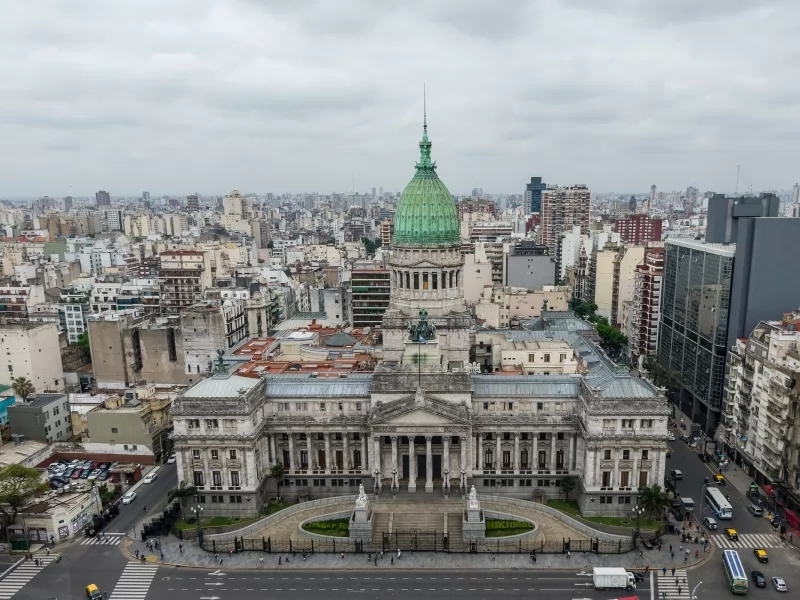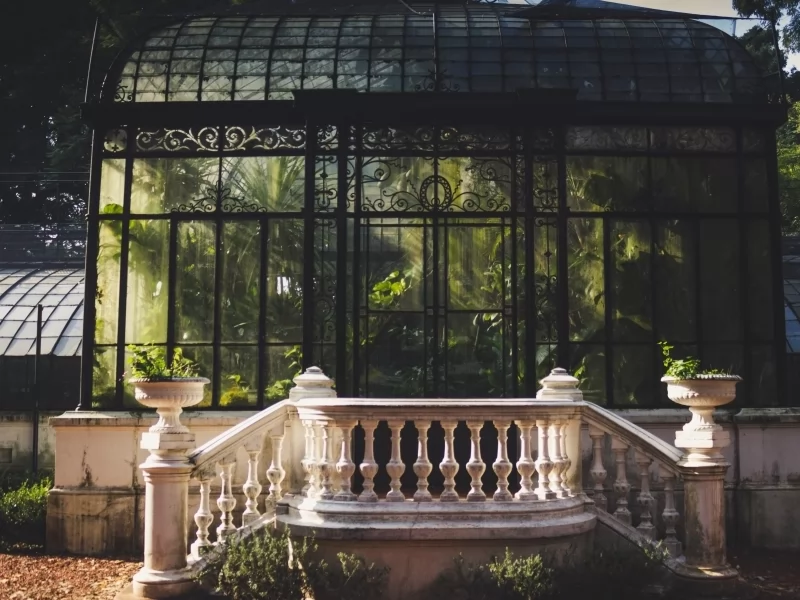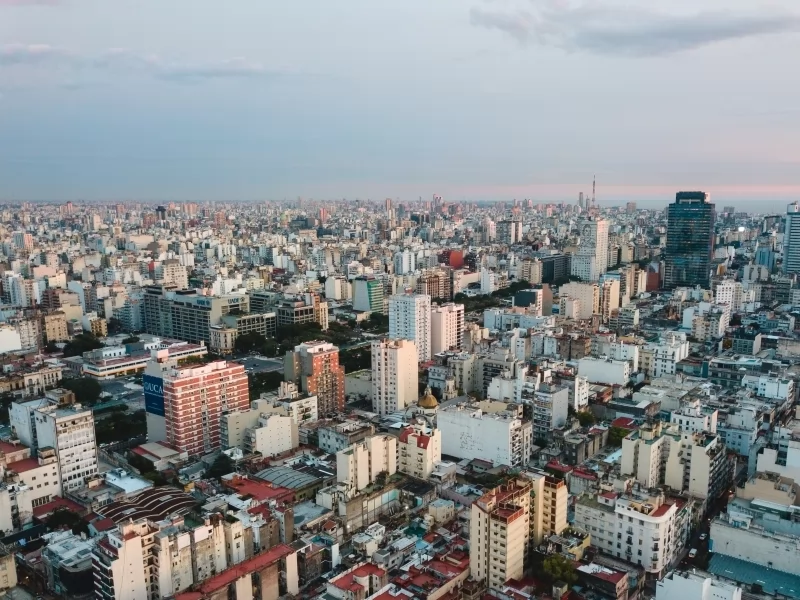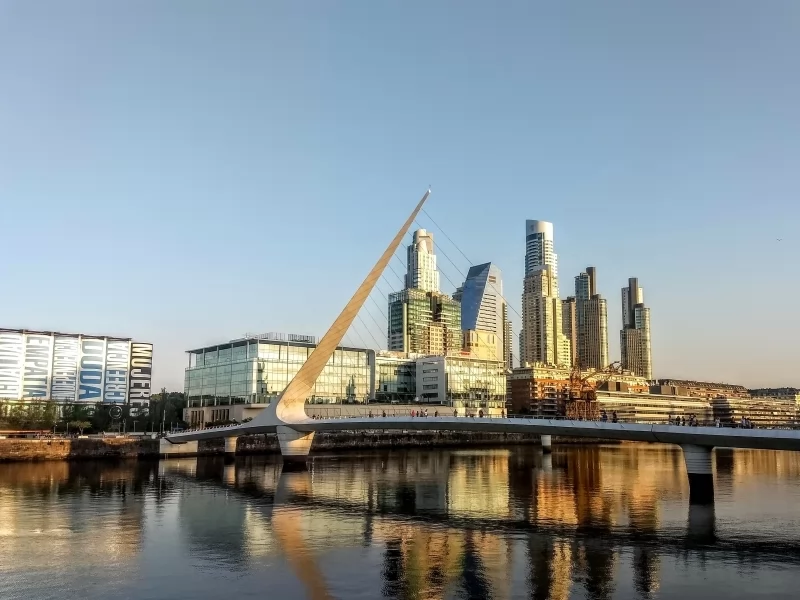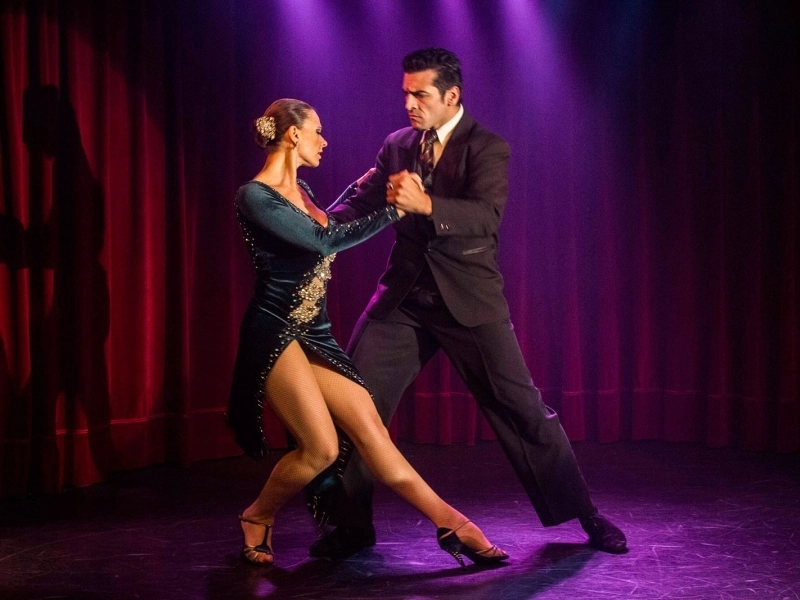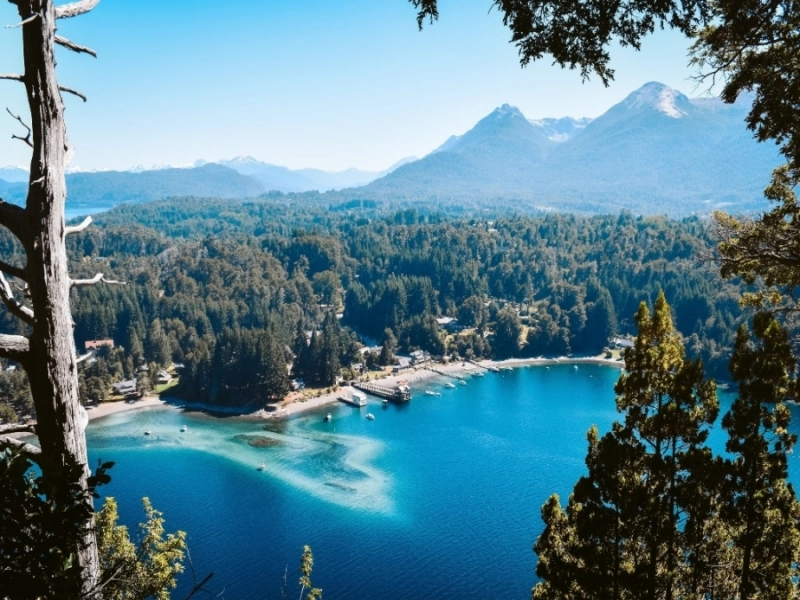News and Testimonials
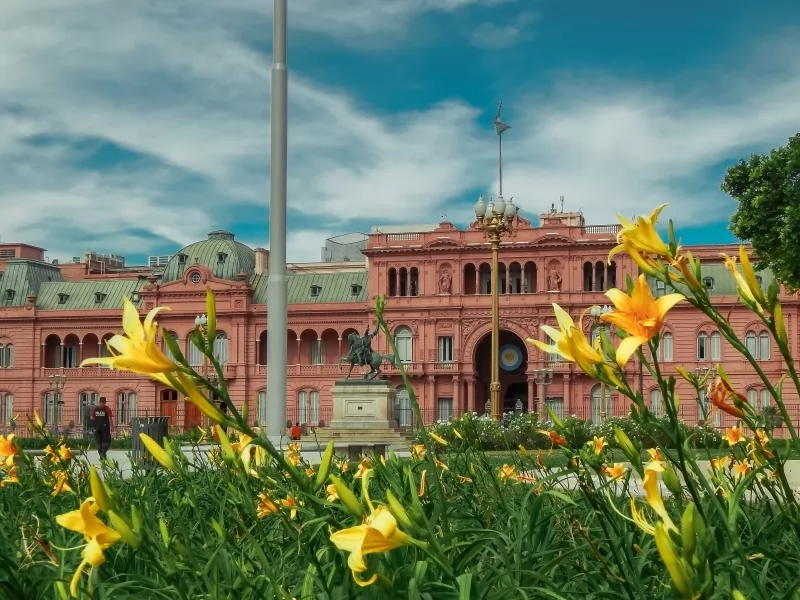
The best time of year for your next trip to Buenos Aires
The magic of Buenos Aires lasts all year long. The non-stop, fast-paced city has something to offer at every time of year, and its calendar of cultural events includes a different festival almost every month.
When is the best time to visit Buenos Aires? It depends on whether you prefer sticky summer heat, cooler winter temperatures, or the pleasant in-between days of fall and spring.
To get a visceral sense of how Buenos Aires changes with the seasons, listen to Ástor Piazzolla’s Estaciones Porteñas, a series of tangos that celebrate summer, fall, winter, and spring in this beguiling city.
High Season: December–February
Best time for sun seekers
The Southern Hemisphere summer months in Buenos Aires are hot, with average highs in the mid to high 80s (around 30? C). And as any porteño (Buenos Aires resident) will tell you, the humidity makes it feel even hotter. Long hot spells are often broken by dramatic thunderstorms and several days of rain. It’s the high season for tourism, so hotels are busier with higher prices to match. If your budget permits, consider booking a hotel with a pool: nothing beats cooling off in the water after a day of sightseeing on sticky days.
Shoulder Seasons: March–May and September–November
Best time for pleasant weather
Most people find fall (March to May) and spring (September to November) the most pleasant seasons to visit Buenos Aires. The weather is generally mild, with average temperatures in the low 70s (around 22?), and a mix of sunny and rainy days. Hotel occupancy rates are usually lowest between April and June, making it the best time to find discounted rates.
Low Season: June–August
Best time for crisp winter days
Winters in Buenos Aires can be overcast and chilly, with average highs in the low 60s (around 16?) and lows in the mid 40s (around 8?). Although rain is possible year-round, the weather in winter is often dry, with sunny winter days perfect for exploring the city. There is a small uptick in tourist numbers in July and August, during the Northern Hemisphere summer break.
January
The first month of the year means summer holidays in Buenos Aires. Schools are closed and many porteños take time off work to escape the sweltering city heat and head to the beach. The city is generally quieter and traffic is calmer, but since it’s also the peak time for tourism in the city you should book accommodation in advance.
February
It’s still hot and humid as the city gears up for Carnaval, with parades every weekend building up to the official carnival holiday, which falls toward the end of the month. Colorful carnival troupes take to the streets to perform murga, a style of percussion-heavy music and dancing. Watch out for kids with water bombs and foam sprays!
March
As fall approaches, the weather is balmy. Rainy fall days are a good excuse for ducking into one of Buenos Aires’ magnificent old-school bars and people watching over a café con leche (milky coffee).
April
The weather is still pleasantly mild, with a good chance of rain. Film buffs won’t want to miss the independent film festival BAFICI, with screenings held in cinemas across the city.
May
There is a chill in the air as porteños gather to celebrate the anniversary of the revolution of May 25 with steaming bowls of locro (a corn-based stew).
June
Though winter has set in, June is historically the driest month in Buenos Aires. Crisp, sunny days with vibrant blue skies are perfect for exploring outdoors – but pack a warm jacket.
July
The countryside comes to the heart of the city during the Exposición Rural, a 10-day agriculture and livestock show held in upscale Palermo. Events include impressive displays of gaucho horseback-riding skills.
August
The biggest event on the tango calendar is the Buenos Aires tango festival and world championship, with couples from around the world competing in improvised salon dancing and choreographed stage dance categories. The festival features a packed schedule of performances by tango orchestras, tango classes and milongas (tango dance events).
September
The first day of spring is celebrated with picnics in the park. Music lovers should check out the lineup at the Ciudad Emergente festival, held at the Usina del Arte in La Boca. What started out as a rock festival has expanded to include other musical genres and features both up-and-coming and established bands.
October
As spring sets in, the city hosts the world’s elite distance runners for the Buenos Aires Marathon. Other events include Ciudanza, with dance performances staged in the street and other outdoor urban spaces.
November
Hands down the best month to visit Buenos Aires. There is a warmth to the late-spring air and the blossom of jacaranda trees turns the city streets purple. It’s still the shoulder season for tourism yet the cultural calendar is packed with events. Jostle with the crowds at the Noche de los Museos (Night of the Museums), when museums across the city open their doors for a series of late-night events.
December
As the mercury rises, porteños head outside, dining at alfresco tables and soaking up the sun’s rays in the city parks. Summer in Buenos Aires means ice cream, cold beers, and asados (barbecues), and the smell of grilling meat floats on the breeze. Families gather to exchange gifts on nochebuena (Christmas Eve). The start of the new year is marked with fireworks.

